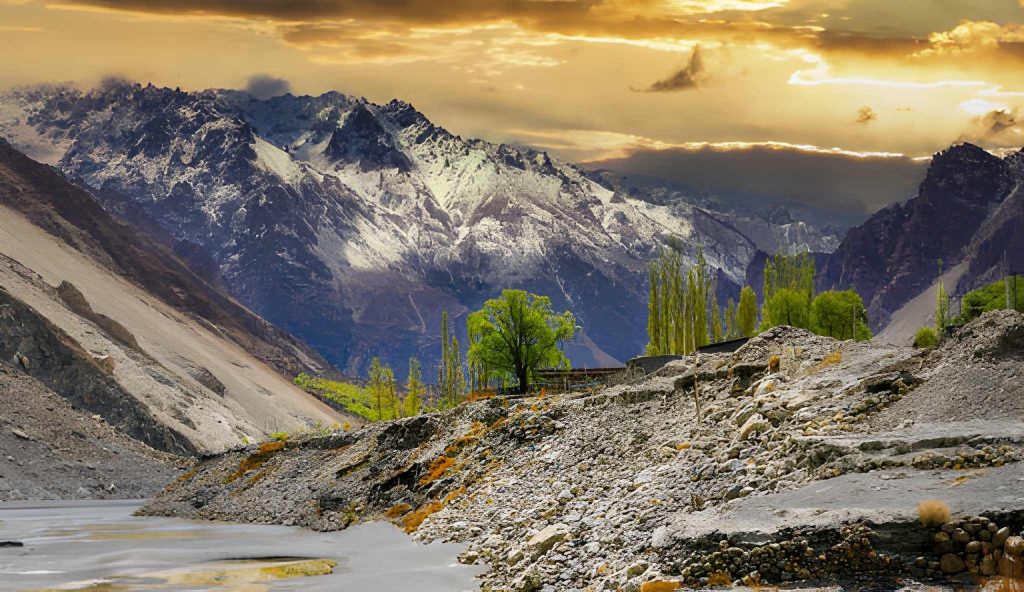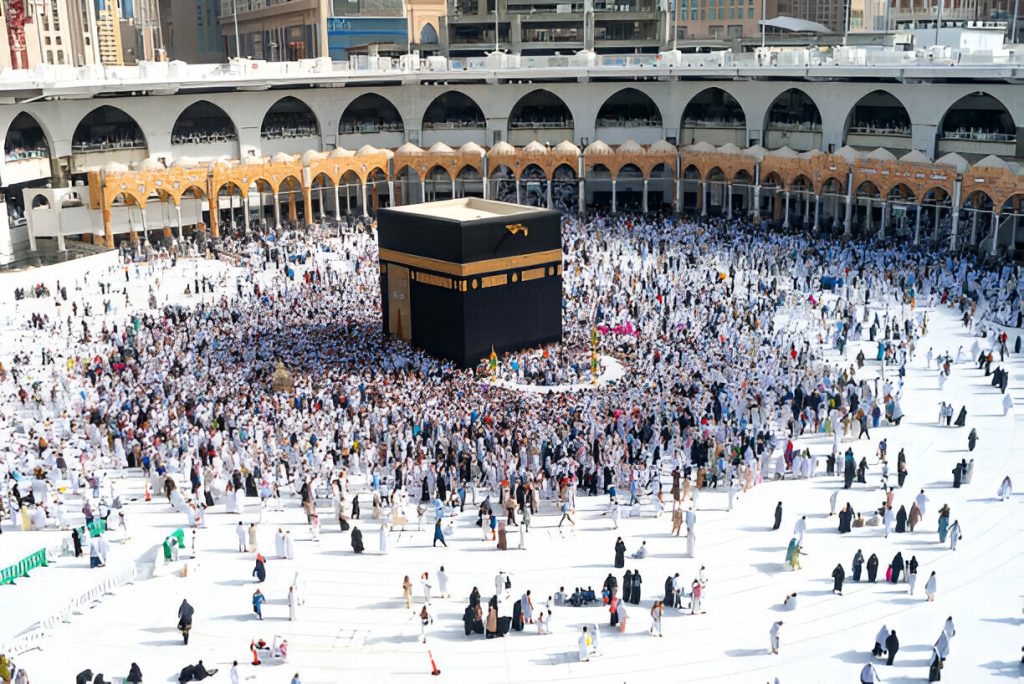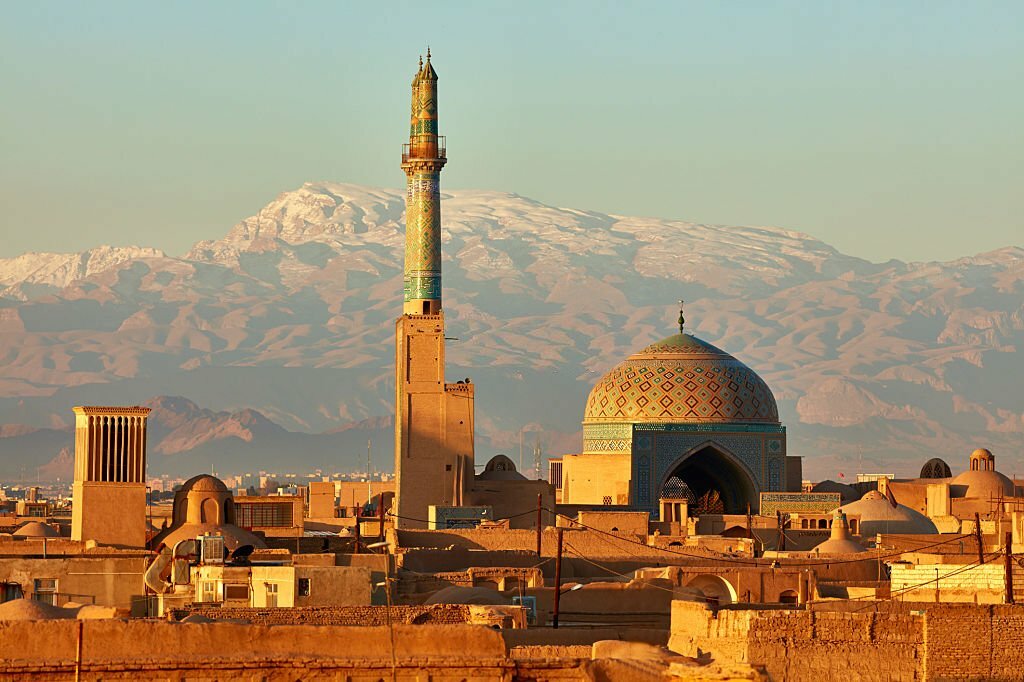Best Honeymoon Destinations in Northern Pakistan
Planning Domestic tours the perfect honeymoon begins with choosing a place that feels magical, peaceful, and unforgettable. Northern Pakistan delivers all of that and more. With snow-capped peaks, crystal-clear lakes, cozy resorts, and quiet valleys, it’s one of the most romantic regions for newlyweds seeking a blend of adventure and serenity. Whether you’re imagining long scenic drives, stargazing nights, or relaxing mornings with mountain views, this part of Pakistan has countless dreamy spots. Here are the best honeymoon destinations in Northern Pakistan; beautiful, accessible, and ideal for couples. 1. Hunza Valley Hunza is one of the most popular honeymoon destinations for a reason. Its breathtaking scenery, vibrant culture, and peaceful environment make it a paradise for couples. Highlights for Honeymooners Hunza offers a beautiful mix of comfort and adventure. Whether you want to explore or relax, this valley has something for every couple. 2. Skardu Skardu is known for its dramatic landscapes, turquoise lakes, and peaceful resorts. It’s ideal for newlyweds who want privacy and beauty together. Top Attractions Skardu’s luxury hotels, calm surroundings, and scenic day trips make it a standout destination for a memorable honeymoon. 3. Fairy Meadows If you and your partner enjoy nature and adventure, Fairy Meadows is the place to be. It’s a romantic yet thrilling destination featuring sweeping green meadows and a front-row view of Nanga Parbat. Why Couples Love It It requires a jeep ride and short trek, but the reward is an incredibly serene and intimate setting. 4. Naran & Kaghan Valley Naran and Kaghan are classic honeymoon favorites; easily accessible, full of activities, and surrounded by stunning natural beauty. Must-Visit Places You’ll find plenty of resorts, cafés, and beautiful viewpoints. Couples who enjoy sightseeing, mild adventure, and comfortable stays will love this valley. 5. Neelum Valley (Azad Kashmir) Known for its lush greenery, riverside resorts, and romantic weather, Neelum Valley feels like stepping into a fairytale. Romantic Highlights Neelum Valley’s quiet environment makes it perfect for couples who want a calm and refreshing escape. 6. Swat & Kalam Often called the “Switzerland of Pakistan,” Swat offers a mix of culture, scenic landscapes, and comfortable accommodations. What to Explore It’s a balanced choice for couples looking for beauty, comfort, and easy travel routes. 7. Gojal Valley (Upper Hunza) Upper Hunza offers some of the most dramatic views in the entire region. It’s peaceful, less crowded, and perfect for a couple’s getaway. Best Spots The calm villages, scenic trails, and crystal-blue lakes create a soothing atmosphere ideal for newlyweds. 8. Murree & Galiyat For couples who prefer a short, comfortable honeymoon trip without long travel hours, Murree and Galiyat are a convenient pick. Things Couples Enjoy It’s perfect for a quick honeymoon with peaceful views and mild winter vibes. 9. Gilgit City & Nearby Spots For couples who prefer easier movement, Gilgit offers simple access to both Hunza and Naltar Valley while still being scenic. Nearby Highlights Gilgit also offers comfortable hotels, making it a relaxed base for exploring surrounding areas. 10. Shogran & Siri Paye Shogran is small, peaceful, and surrounded by deep forests, perfect for couples who want quiet time with nature. Why It’s Romantic It’s a great weekend honeymoon option for couples who enjoy calm, natural landscapes. Final Thoughts Northern Pakistan offers everything honeymooners dream of: snowy mountains, lakes that look like paintings, peaceful resorts, and stunning viewpoints at every turn. Whether you prefer adventure or complete relaxation, you’ll find a destination that fits your style perfectly. If you’re planning your romantic getaway, explore honeymoon packages from TravCare that make your trip easy, stress-free, and memorable.
Best Honeymoon Destinations in Northern Pakistan Read More »




